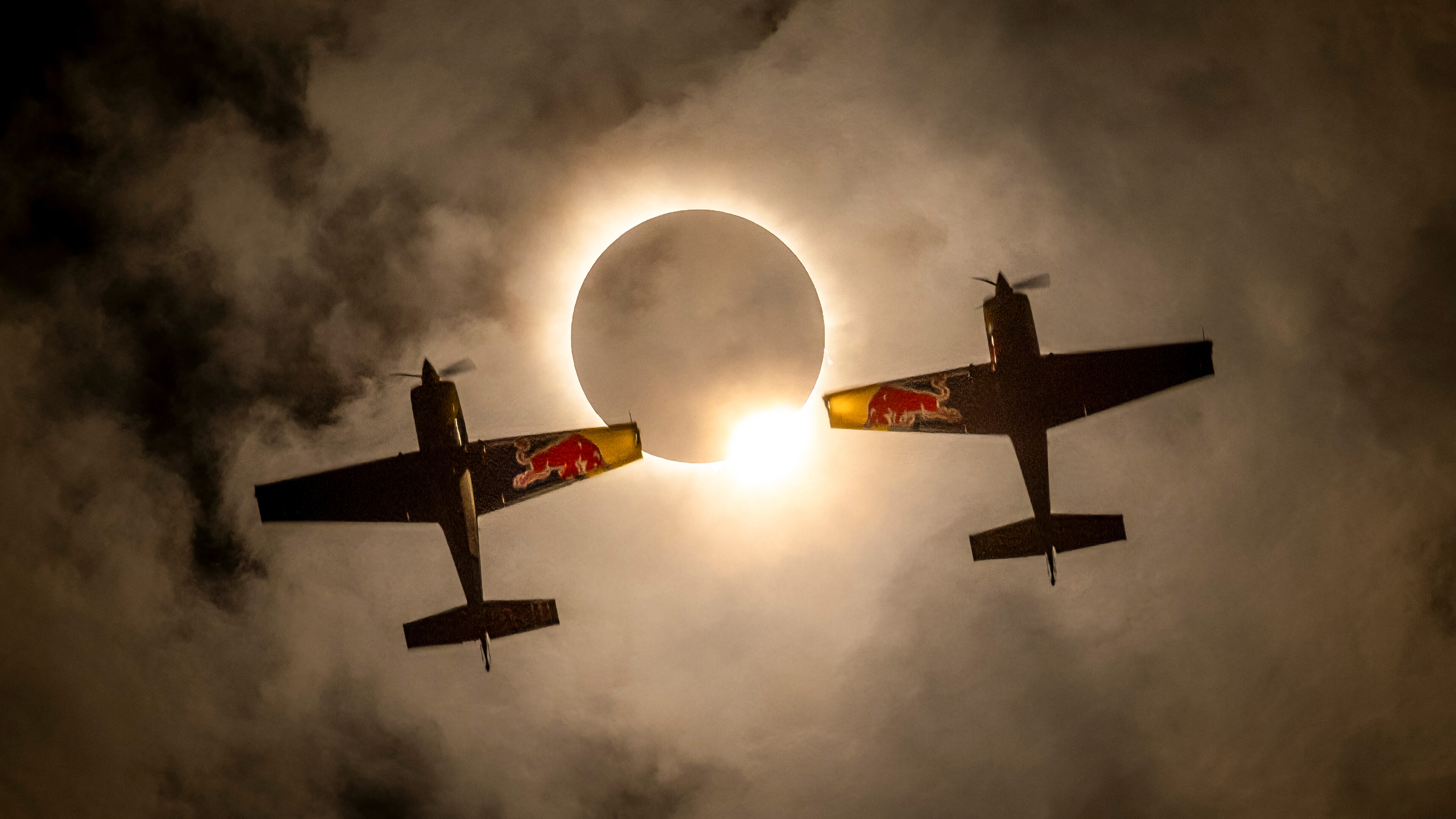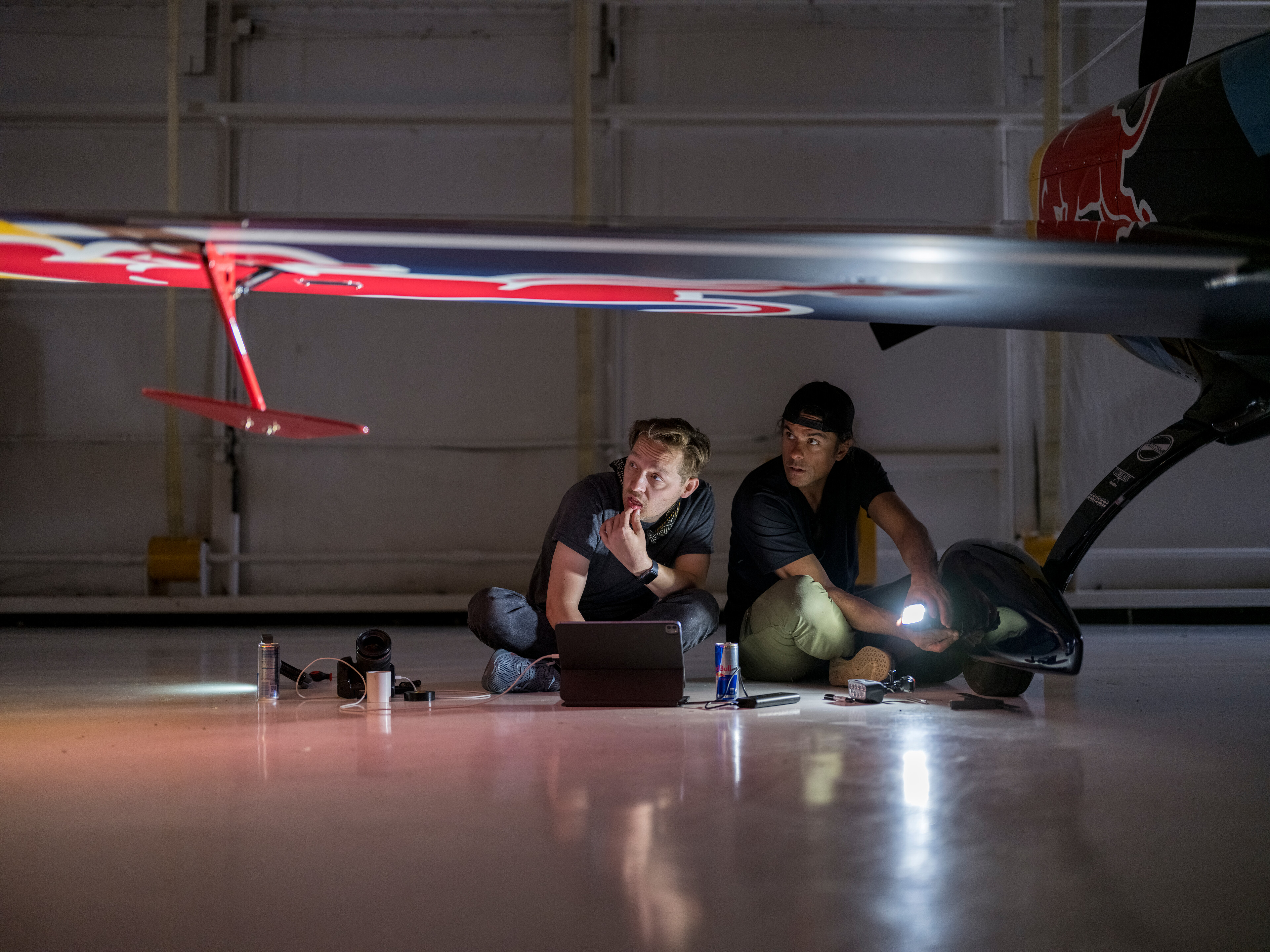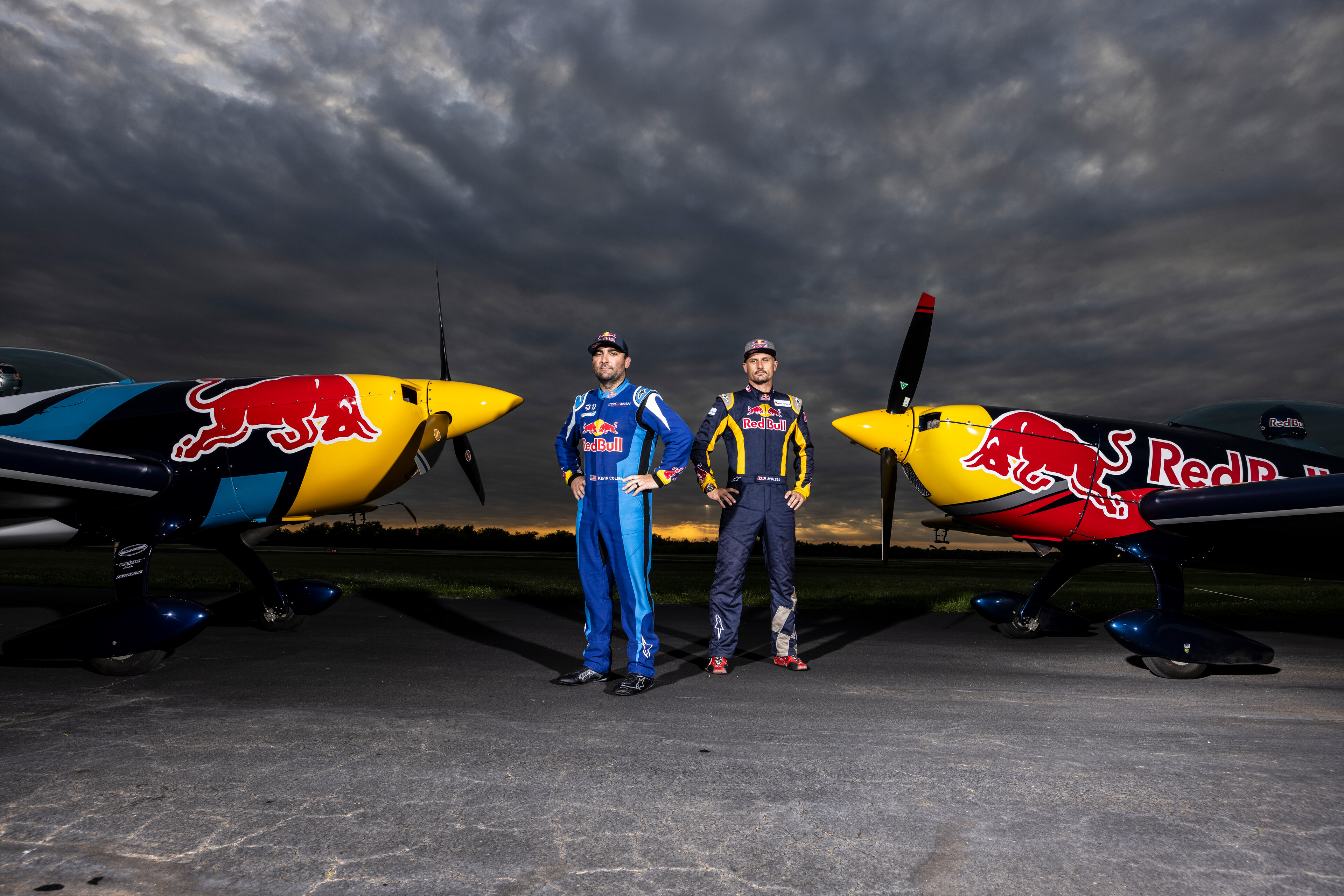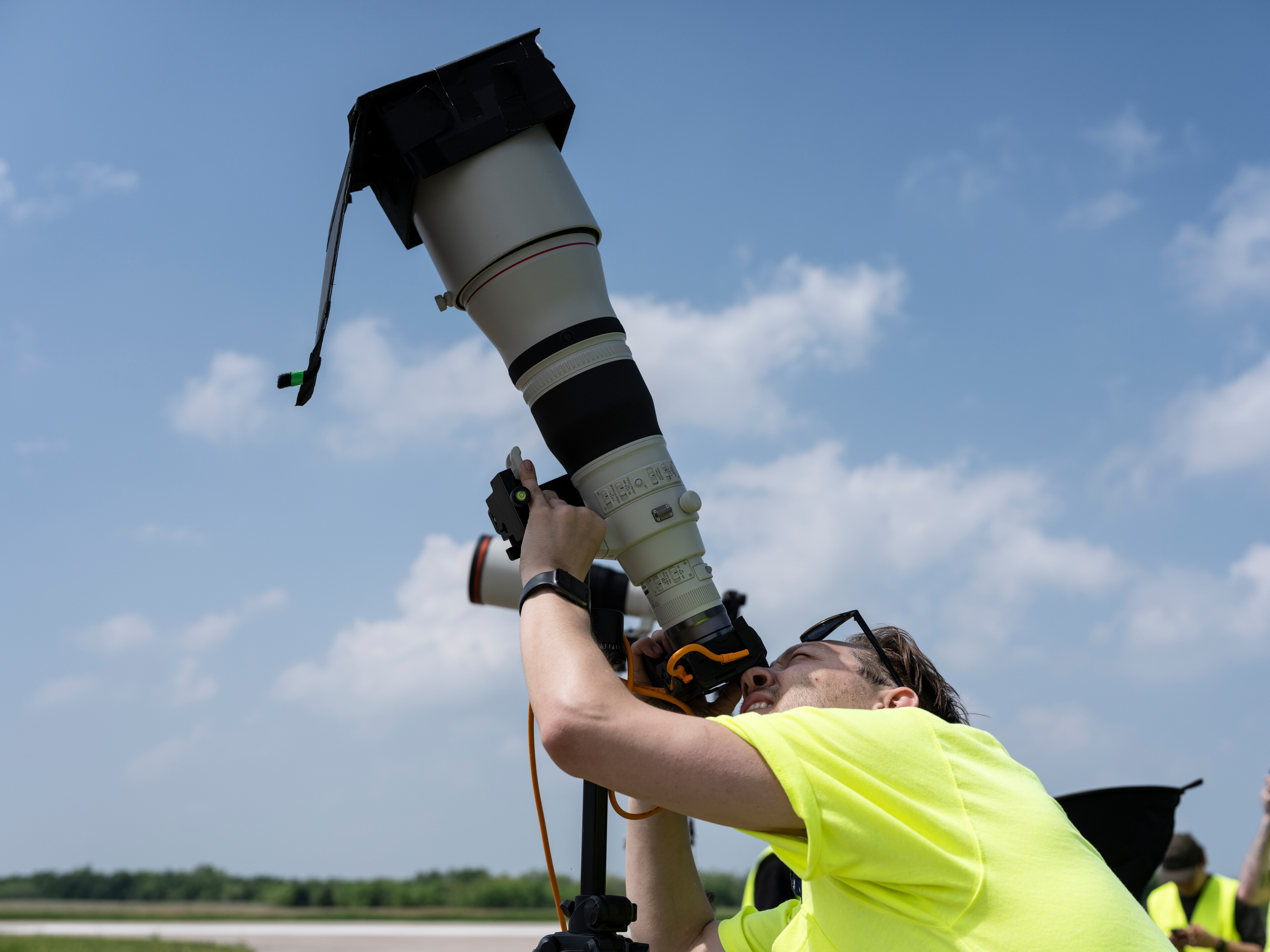
America was plunged into darkness yesterday as the rare full eclipse was viewed and photographed by millions – but of course, Red Bull gives us wings!
Sulfur Springs Texas was cast into shadow yesterday at approximately 1:40 pm local time and lasted roughly 4 minutes. This was the amount of time photographers Dustin Snipes and Mason Mashon had to shoot one of the most creative photographs of their careers as they photographed two Red Bull aerobatic planes flying in formation through the eclipse.
• See our guide for the best camera for astrophotography

The duo spent countless hours planning the shot, researching lighting solutions, flight patterns, and positioning so that they could capitalize on the eclipse's short window of totality. To outline the planes and make them more visible to the cameras below, reflective tape was installed on the wings to assist in illuminating the aircraft.
Then when instructed by the photographers below, the two aerobatic pilots Kevin Coleman and Pete McLeod, met and flew in tight formation under the eclipsing celestial bodies. The aircraft zoomed past while flying at 1500 feet and – most daringly – only 4 ft apart to line up with the moon.

Pilot Kevin Coleman speaking on the project says, “Normally, this would be a manageable maneuver, but when you have the darkness from the eclipse, a flight angle that needs to be perfectly lined up with the sun, and only four minutes to take the shot while moving at 180 mph, it makes it incredibly challenging”.
Knowing the window of totality would not last long, for months leading up to the eclipse the photographers meticulously planned positioning and lighting scenarios, testing numerous pass-throughs, taking into account all variables. When showtime finally arrived the pilots had only 3 pass-throughs to get the shot, and thankfully for all involved, it resulted in a stunning and never again repeatable image.

Red Bull has not disclosed what equipment was used to capture the image, but behind-the-scenes images show an array of the best Sony and Canon cameras on the market, including the monster Canon RF 1200mm F/8L IS USM. It is certainly one of the lesser-seen Canon super-telephoto lenses as it will currently set you back $20K!
The project was developed to celebrate a rare celestial event and challenge pilots and photographers in new and unexpected ways. Pilot Pete McLeod says, “Unlike the high adrenaline and aerobatics I’m used to, this project is all about exact precision and planning... It’s all about teamwork to make this happen so it’s been incredible to be a part of it.”
Are you inspired to capture celestial bodies yourself? See our guides for more information on the best telescopes for astrophotography, the best deep space telescopes, and the best smart telescopes.







